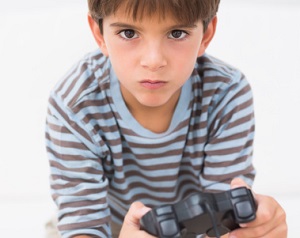Priming
 Priming is a cognitive process that occurs when exposure to one stimulus alters a person or animal’s reaction to a later stimulus.
Priming is a cognitive process that occurs when exposure to one stimulus alters a person or animal’s reaction to a later stimulus.
What is Priming?
Priming occurs whenever exposure to one thing can later alter behavior or thoughts. For example, if a child sees a bag of candy next to a red bench, they might begin looking for or thinking about candy the next time they see a bench.
Several schools of thought in psychology use the concept of priming. These include:
- Priming for abuse. This kind of priming, also sometimes referred to as grooming, occurs when a would-be abuser gradually gains the trust of an abuse victim. This enables the abuser to do things that, were it not for the initial priming, the victim might never tolerate.
- Priming in media. Media psychology refers to priming as the tendency of one thought to activate another thought. This concept is commonly used by critics of media violence. One example of such priming is when a child playing a violent video game has violent thoughts they might not otherwise have.
- Priming in memory. Priming is a form of implicit memory—a memory associated with some other stimulus. Because the memory is implicit, a person may not be consciously aware either that they have been primed or why they are engaging in a particular behavior.
The Psychology of Priming
Priming is not necessarily negative or positive, and not all people are equally susceptible to priming. Instead, the effects of priming depend upon what a person is being primed for. Many psychologists believe that priming plays a significant role in stereotyping, negative attitudes toward minority groups, and implicit prejudices. The Implicit Association Test is a test that uses some theories of priming to test for implicit negative attitudes toward minority groups that may be due to priming.
References:
- Oliver, C. J., Watson, D. G., Gannon, T. A., & Beech, A. R. (2008). The effect of sexual priming cues on emotional recognition in nonviolent child sexual abusers: A preliminary study. International Journal of Offender Therapy and Comparative Criminology, 53(3), 292-304. doi: 10.1177/0306624X08317214
- Rudman, L. A., Ashmore, R. D., & Gary, M. L. (2001). “Unlearning” automatic biases: The malleability of implicit prejudice and stereotypes. Journal of Personality and Social Psychology, 81(5), 856-868. doi: 10.1037//0022-3514.81.5.856
Last Updated: 04-23-2019
Leave a Comment
By commenting you acknowledge acceptance of GoodTherapy.org's Terms and Conditions of Use.
